If you’re two hours away from the nearest climbing gym, it can be challenging to maintain a consistent climbing routine. Many enthusiasts in similar circumstances find themselves wondering if a home climbing gym or home rock climbing gym might be the ideal solution. As a professional fitness coach with 20 years of experience, I’ve helped countless individuals navigate at-home workout setups—so let’s explore whether an indoor home climbing gym could be right for you.
Why Build a Home Climbing Wall?
1. Convenience and Consistency
When your nearest climbing gym is hours away, getting a proper session becomes inconvenient. A home climbing wall can provide regular access to climbing without long drives. This simple convenience often translates to greater consistency—which is the key to improving any athletic skill.
2. Training vs. Recreational Climbing
One of the biggest points raised by climbers with a home rock climbing gym is that it can feel more like training than “true” climbing. You’re typically working on a single angle or a spray wall (a densely populated wall of holds), a MoonBoard, Kilter Board, or other system boards. While this setup offers a powerful way to build grip strength, endurance, and technique, it might lack the variety of a large commercial gym’s array of routes.
Tip: If you love the social, explorative aspect of climbing, your indoor home climbing gym might not replace the fun of visiting a commercial gym or an outdoor crag. However, it’s an excellent option for training and staying strong between those sessions.
3. Personalized Progression
Owning your own indoor home climbing gym means you have complete control. You can set climbs tailored to your goals—working on particular weaknesses or movement styles you find challenging. Climbers often replicate real-world crux moves or project sequences on their home walls to build muscle memory.
Caution: For home walls smaller than commercial setups, it helps to reset or rotate holds periodically so it doesn’t become stale. Many climbers enjoy the problem-solving aspect of setting new routes, but be aware that finding fresh inspiration will be your responsibility.
Types of Home Climbing Walls
-
Spray Wall
-
Densely populated with holds in random orientations.
-
Allows nearly infinite problem options (create your own routes).
-
Requires effort to set and maintain your challenges.
-
-
System Board / Training Board
-
Examples: MoonBoard, Kilter Board, Tension Board.
-
Pre-set hold layouts and (often) an accompanying app with community-created problems.
-
Perfect for serious training: you can easily track progress, climb standardized problems, and push your limit with the help of global benchmarks.
-
-
Hybrid Wall
-
A portion of the wall is standard (spray) while another section is a branded system board.
-
Offers the best of both worlds, but requires more space and a larger budget.
-
Budgeting & Space
A home climbing gym can range from a basic DIY setup for a few hundred dollars to a large, sophisticated training board setup running into the thousands. The main expenses include:
-
Lumber and hardware (the frame, plywood, T-nuts, bolts).
-
Climbing holds (quality holds can be pricey; consider “budget vs. durability”).
-
Crash pads / flooring for safety (essential if building a bouldering wall).
-
Optional extras: LED systems (on training boards), volumes, or specialized hangboards.
Space Requirements
-
Ceiling height matters: ideally 8 feet or more, though 10+ feet is often better if you want more variety.
-
A garage or dedicated room is common; some people even build walls outside, but that adds weatherproofing tasks.
Motivation and Usage
Will you stay motivated at home?
-
Many climbers find that a solitary home wall can become underused after the initial excitement. It’s helpful to invite friends over, set collective goals, and keep updating your wall regularly to stay engaged.
-
Having a specific training routine (e.g., board sessions twice a week, hangboard or pull-up bar warmups) helps keep usage high.
Social Factor
-
Commercial gyms are social hubs where climbers share beta and camaraderie. A home rock climbing gym is typically more isolated unless you regularly host friends. If the social aspect is key to your enjoyment, plan ahead to create a mini-community vibe at home.
Balancing Gym Visits and a Home Wall
Even if you build an indoor home climbing gym, many climbers still choose to visit a full commercial facility for variety and advanced routesetting. Your home wall can be your day-to-day training ground; the commercial gym can be your “test” environment for new movement patterns or bigger features.
Recommended Combination
-
Home: Use short, more frequent sessions to sharpen technique, build finger strength, and focus on specific weaknesses.
-
Gym/Outdoor: Use weekend or monthly trips to climb on varied terrain, get feedback from other climbers, and challenge yourself on new projects.
Pro Tips for Building and Maintaining a Home Climbing Wall
-
Plan Angles and Layout
-
A single, steep angle (e.g., 40°) is popular for strength training. For versatility, consider adjustable angles—though more complex to build.
-
-
Invest in Quality Holds
-
Cheap holds might wear out or feel repetitive. High-quality holds add comfort, variety, and long-term value.
-
-
Density and Variety
-
A well-populated spray wall or recognized board system ensures you won’t get bored quickly.
-
Consider smaller footholds, slopers, crimps, and jugs to target all grip types.
-
-
Set Realistic Expectations
-
Remember it’s primarily a training space. If you crave constant variety with new problems set by professional route-setters, you’ll still want to visit a commercial gym regularly.
-
-
Incorporate Complementary Tools
-
Hangboard, pull-up bar, campus board, or free weights can round out your workouts.
-
This helps address all aspects of climbing fitness—from finger strength to general conditioning.
-
-
Stay Safe
-
Don’t skimp on crash pads or flooring.
-
Build your wall with sturdy materials to handle dynamic moves and falls.
-
Check hold tension and board stability regularly to avoid accidents.
-
Final Thoughts: Is It Worth It?
-
Yes, if…
-
You live far from a gym or have limited climbing access.
-
You’re genuinely motivated to train regularly.
-
You want to improve technique and strength on your own schedule.
-
You have the budget, space, and commitment for an ongoing personal project.
-
-
Maybe Not, if…
-
You primarily climb for fun, variety, and social experiences.
-
You aren’t sure you’ll devote time to upkeep or routesetting.
-
You’re close to (and prefer) a full-service climbing gym.
-
A home climbing gym or indoor home climbing gym can be a game-changer, especially when time or distance prevents frequent gym visits. While it’s a bit more maintenance (and can feel more like a training facility than an adventure), many climbers swear by their personal walls for year-round, at-your-fingertips climbing sessions. Weigh your goals, motivation, and resources—and if it aligns, building your own home rock climbing gym could be the perfect next step in your climbing journey.
About the Author
With two decades of professional fitness coaching experience and a lifelong passion for climbing, I’ve guided both novices and experts in building safe, effective, and motivational home training setups. My mission is to help climbers of all levels unlock their potential—whether that’s by designing a versatile home climbing wall or making the most of their local climbing facilities.


















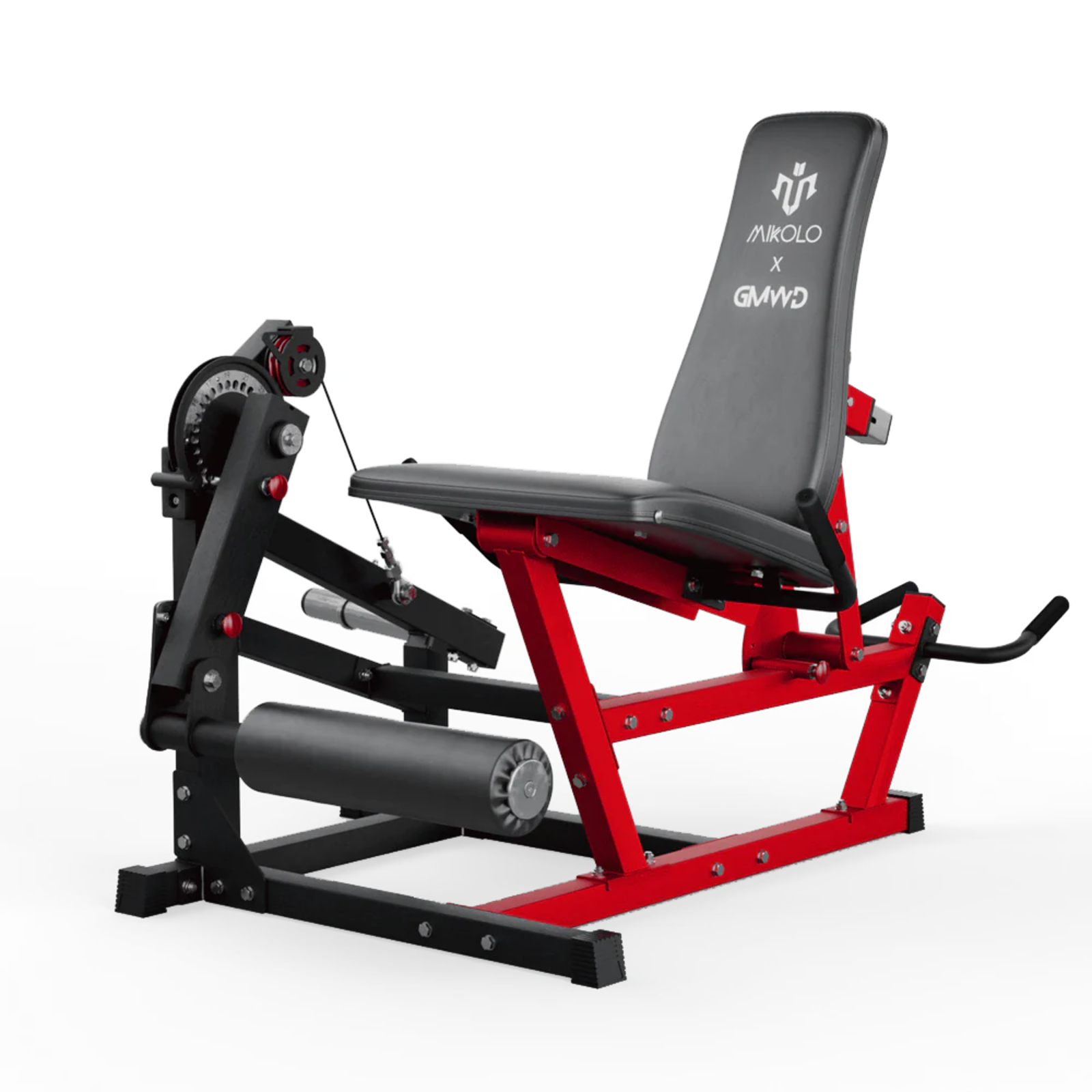

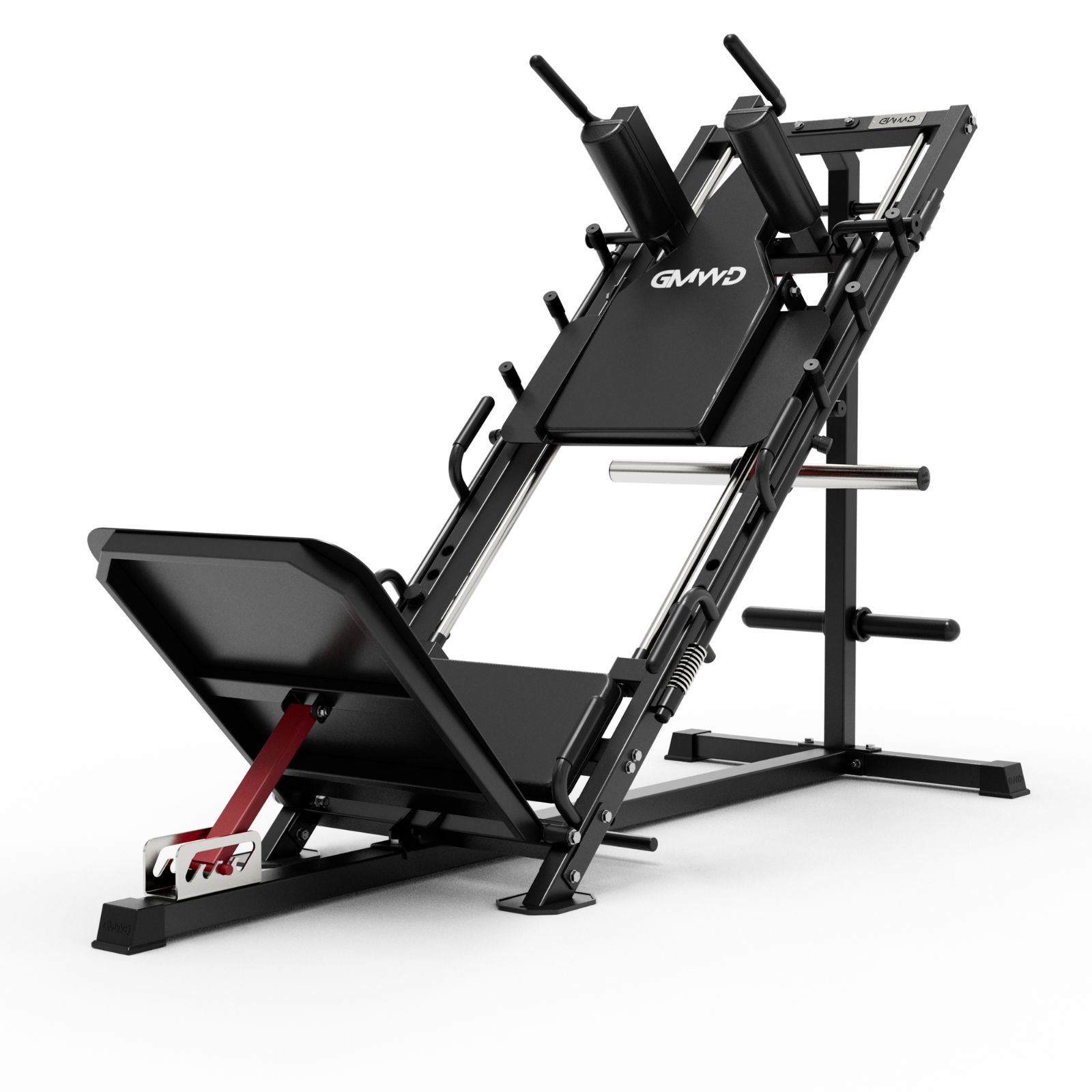







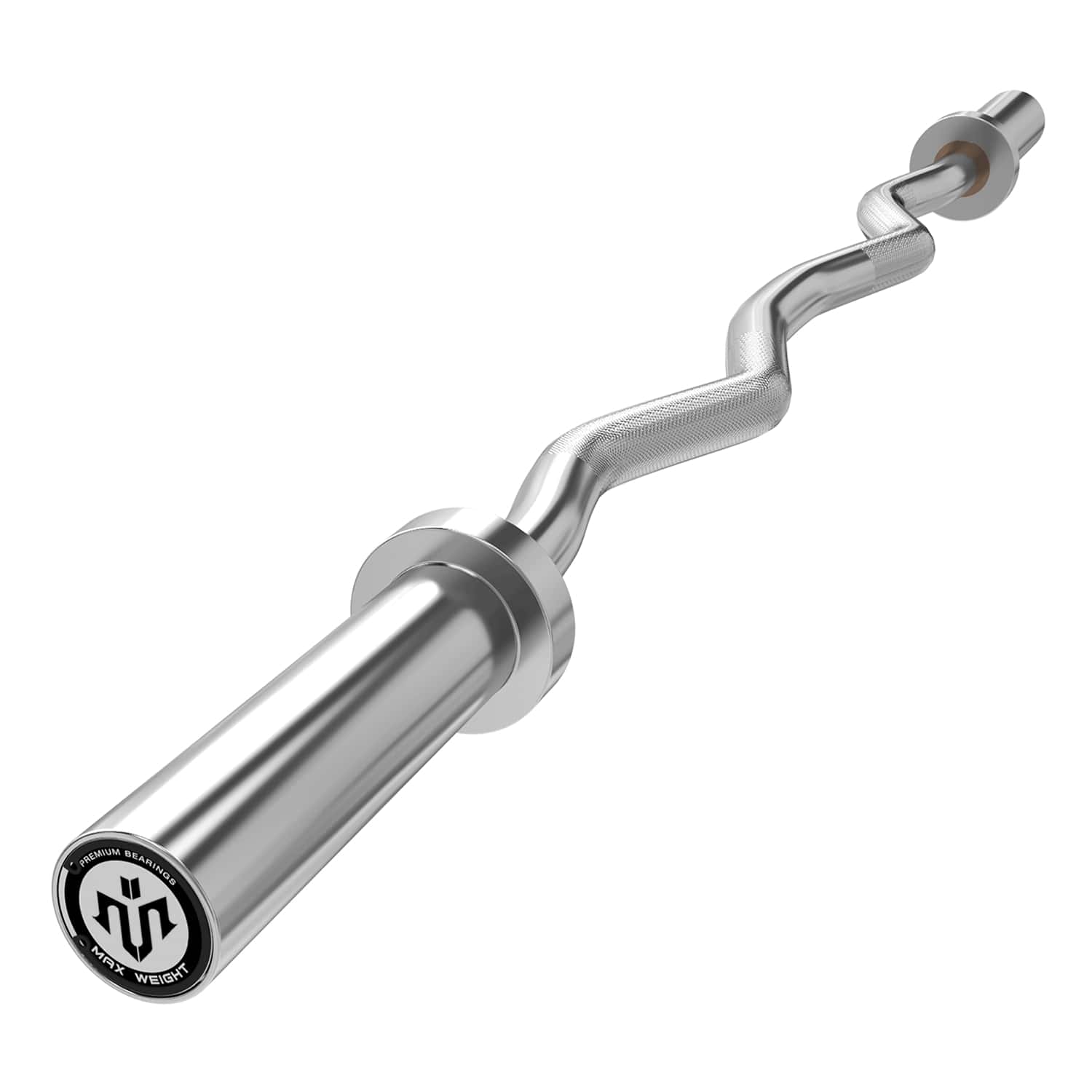
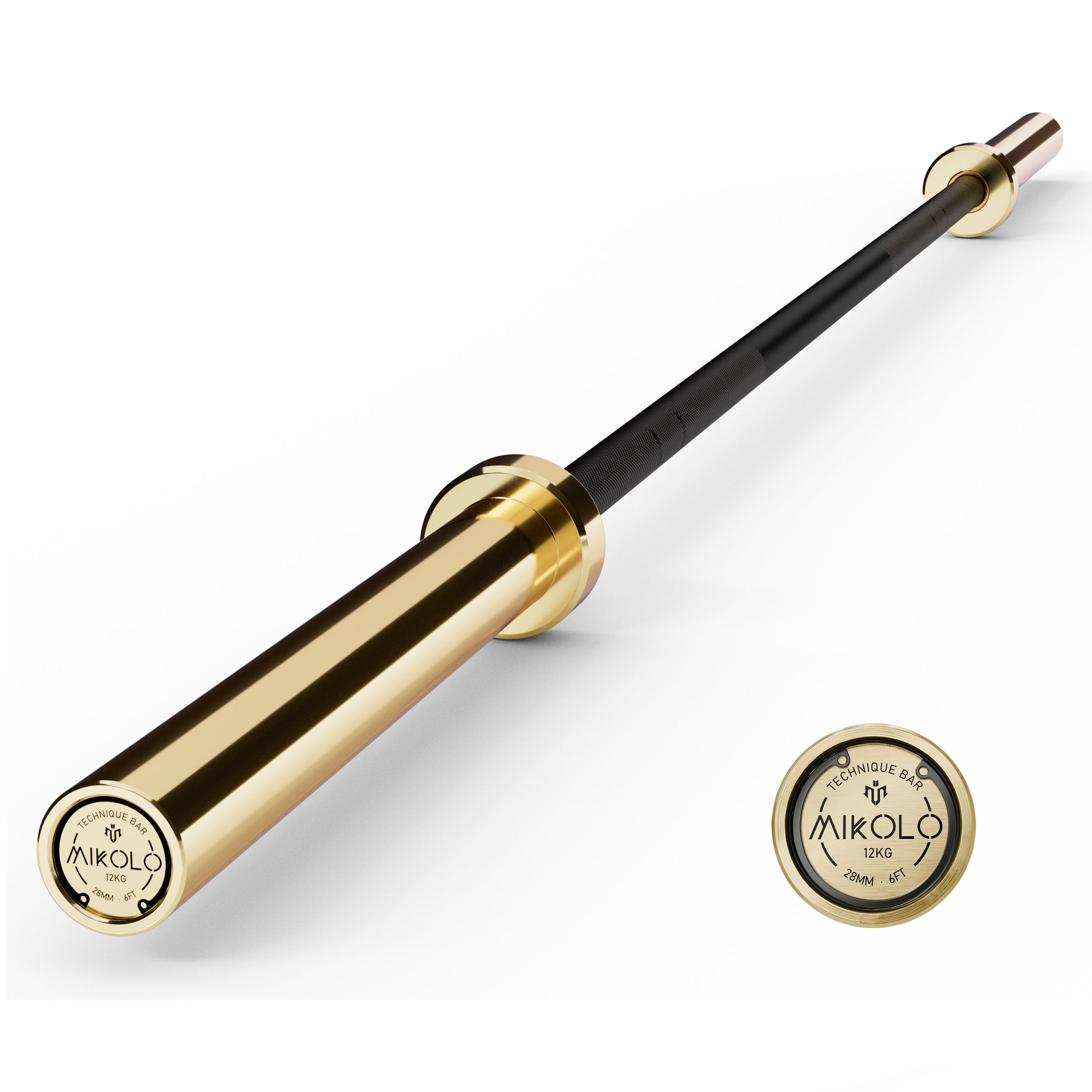


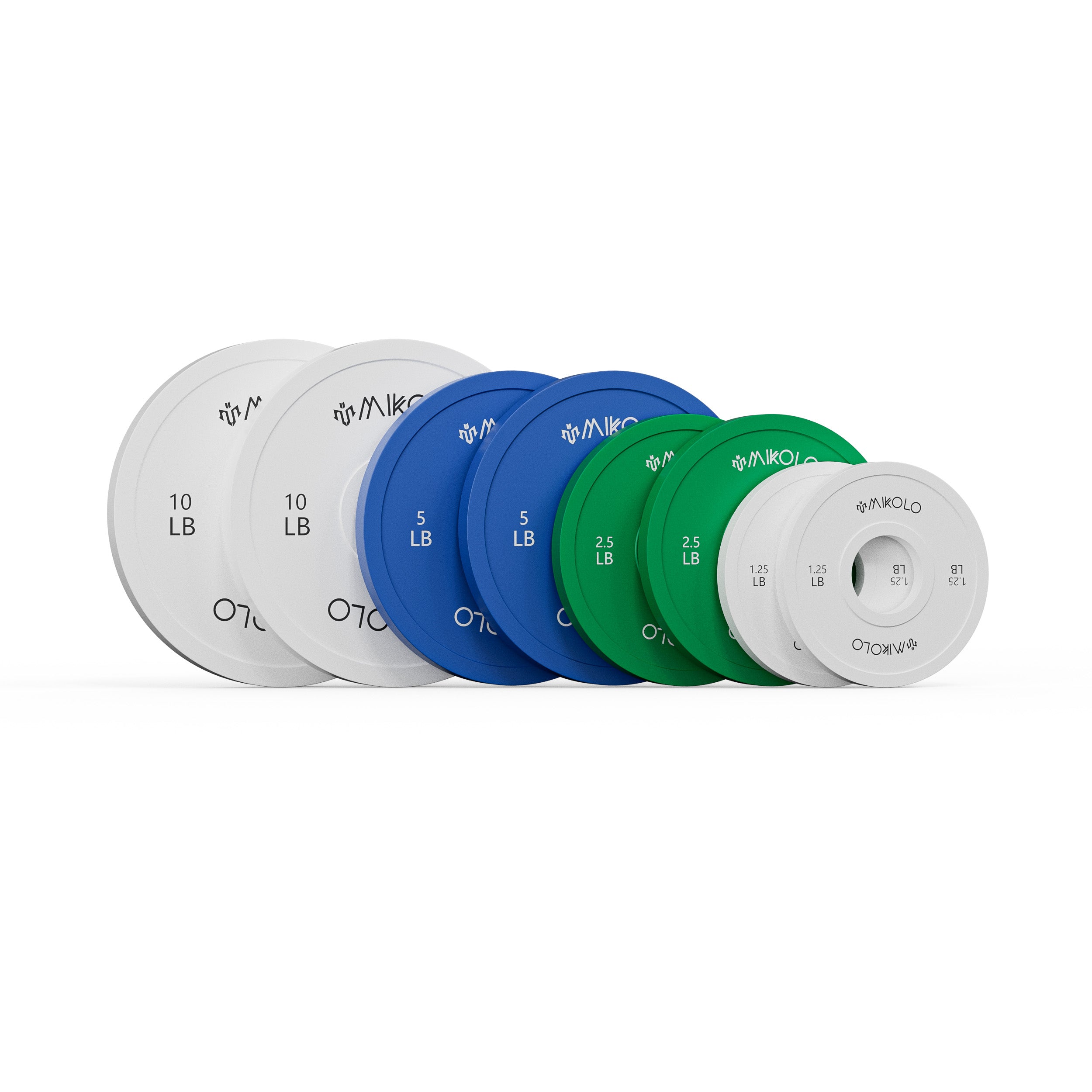



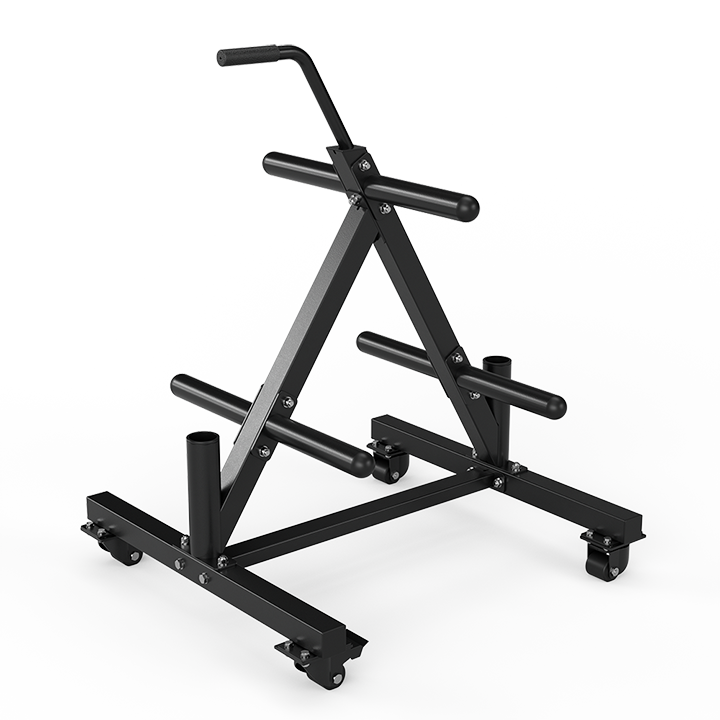





Leave a comment
This site is protected by hCaptcha and the hCaptcha Privacy Policy and Terms of Service apply.